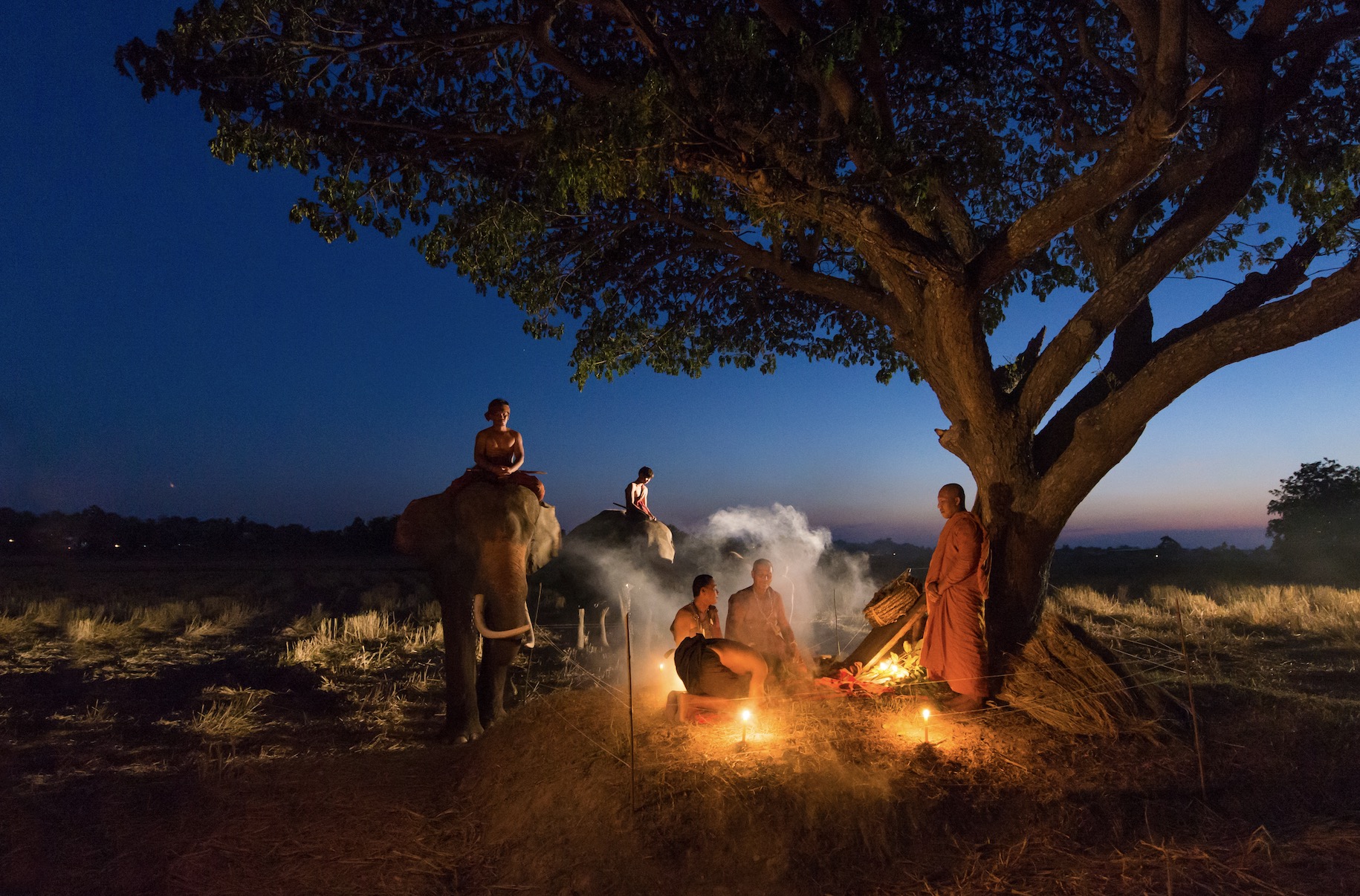
When did the Short Story Start to Become a Popular Genre?
The short story began to emerge as a popular literary genre in the early 19th century, gaining widespread recognition and development throughout the 19th and 20th centuries. Here’s a timeline demonstrating the evolution and rise of the short story as a popular genre:
Early 19th Century: Origins and Early Development
1800s: The modern short story began to take shape during this period, influenced by earlier forms like fables, parables, and oral storytelling traditions. Writers like Washington Irving and Nathaniel Hawthorne in the United States, and Nikolai Gogol in Russia, started experimenting with shorter narratives that focused on specific themes or character studies. Washington Irving’s “The Sketch Book of Geoffrey Crayon, Gent.” (1819-1820), which includes the famous stories “Rip Van Winkle” and “The Legend of Sleepy Hollow,” is often cited as a seminal work in the genre.
Read: When did People Start Creating Dramas?
Mid 19th Century: Establishment and Popularization
1840s: The genre gained significant momentum with writers like Edgar Allan Poe, who is often credited with defining the short story as a distinct literary form. Poe’s theories on short stories emphasized unity of effect, brevity, and a focus on a single incident or mood. His works, such as “The Tell-Tale Heart” (1843) and “The Fall of the House of Usher” (1839), became classics of the genre.
1850s-1860s: In Europe, writers like Guy de Maupassant in France and Anton Chekhov in Russia began to refine the short story, focusing on realism and human psychology. Maupassant’s “The Necklace” (1884) and Chekhov’s “The Lady with the Dog” (1899) are prime examples of how the short story can explore complex human emotions and societal issues in a concise format.
Late 19th Century: International Recognition and Diversity
1880s-1900s: The short story became an internationally recognized genre, with significant contributions from writers across the globe. In Britain, Rudyard Kipling published “The Jungle Book” (1894), which contained short stories that were not only popular but also influential in children’s literature. In the United States, Mark Twain and O. Henry became known for their humorous and ironic stories, such as “The Celebrated Jumping Frog of Calaveras County” (1865) and “The Gift of the Magi” (1905), respectively.
Early 20th Century: Maturation and Golden Age
1910s-1930s: This period is often considered the golden age of the short story, with a plethora of magazines and journals publishing short fiction. Writers like James Joyce, with his collection “Dubliners” (1914), and Ernest Hemingway, known for “In Our Time” (1925), pushed the boundaries of the form, exploring new narrative techniques and deeper psychological insights. The genre also flourished in the detective and science fiction genres, with authors like Arthur Conan Doyle and H.G. Wells producing iconic works.
Mid to Late 20th Century: Continued Popularity and Evolution
1940s-1980s: The short story continued to be a popular genre, with diverse voices emerging. In the United States, writers like Raymond Carver and Flannery O’Connor became known for their distinct styles and themes. Globally, writers like Gabriel García Márquez in Latin America and Haruki Murakami in Japan contributed to the genre with their unique narratives and cultural perspectives.
Contemporary Era: Digital Age and New Platforms
1990s-Present: The digital age has given the short story a new platform, with online publications and literary magazines providing space for emerging and established writers. The genre remains vibrant, with authors like Jhumpa Lahiri, Alice Munro, and George Saunders continuing to receive critical acclaim for their short fiction.
In summary, the short story evolved from early forms of narrative fiction to become a popular genre by the early 19th century, experiencing significant development and diversification over the next two centuries. Its popularity has been sustained by its adaptability and the diversity of voices it encompasses.
Social Trends That Made Short Story to Become a Popular Genre
The progression of the short story as a popular genre was influenced by several social trends over the centuries. These trends shaped not only the content and themes of short stories but also the ways in which they were distributed and consumed. Here are some key social trends that played a significant role:
1. Urbanization and Industrialization
19th Century: The rapid urbanization and industrialization of the 19th century played a crucial role in the development of the short story. As people moved to cities and industrial centers, the pace of life accelerated, and readers sought more accessible and digestible forms of entertainment. Short stories, with their concise narratives and focus on specific moments or characters, suited this new urban lifestyle. They could be read quickly during commutes or short breaks, fitting into the busy schedules of urban workers.
2. Rise of Periodicals and Magazines
Late 19th to Early 20th Century: The growth of periodicals and magazines provided a platform for short stories to reach a wider audience. The increased literacy rates and the expansion of the printing industry made literature more accessible to the general public. Magazines such as “The Atlantic Monthly,” “Harper’s Magazine,” and later “The New Yorker” became key venues for short stories, offering writers both a steady income and a broad readership. This trend democratized literature, allowing more diverse voices and stories to be heard.
3. Changing Literary Tastes and Realism
19th to Early 20th Century: The shift toward realism in literature reflected broader social changes, including the desire to depict life more accurately and explore complex human emotions and social issues. This trend was partly a response to the idealized portrayals common in earlier literature. Short stories, with their focus on specific incidents and characters, were well-suited to explore realistic portrayals of ordinary people’s lives. Authors like Anton Chekhov and Guy de Maupassant utilized the short story format to delve into the nuances of human psychology and social dynamics.
4. Increased Literacy and Education
20th Century: As literacy rates rose and more people received formal education, the audience for literature expanded significantly. Short stories became a staple in educational settings, used to teach literary analysis and critical thinking. The brevity of short stories made them ideal for classroom use, allowing students to explore a complete narrative within a limited time. This educational use further popularized the genre and introduced it to younger generations.
5. Cultural Movements and Diversity
Mid to Late 20th Century: Various cultural and literary movements, such as modernism, postmodernism, and the Harlem Renaissance, influenced the themes and styles of short stories. These movements often focused on diverse voices, exploring issues of identity, race, gender, and class. The short story format allowed writers to experiment with narrative techniques and address social and political issues succinctly. This period saw a diversification of the genre, with authors from different cultural backgrounds bringing new perspectives and stories to the fore.
6. Digital Age and New Media
Late 20th Century to Present: The advent of the internet and digital media revolutionized the way short stories are published and consumed. Online platforms and literary magazines provide a global audience for writers and have made it easier for readers to access short stories. The digital age has also led to the resurgence of serialized fiction and flash fiction, catering to the modern reader’s preference for quick, engaging content. Social media and e-publishing have democratized the publishing process, allowing more writers to share their work without the constraints of traditional publishing.
Looking for something specific?
[ivory-search id="163692" title="Default Search Form"]






Leave a Comment